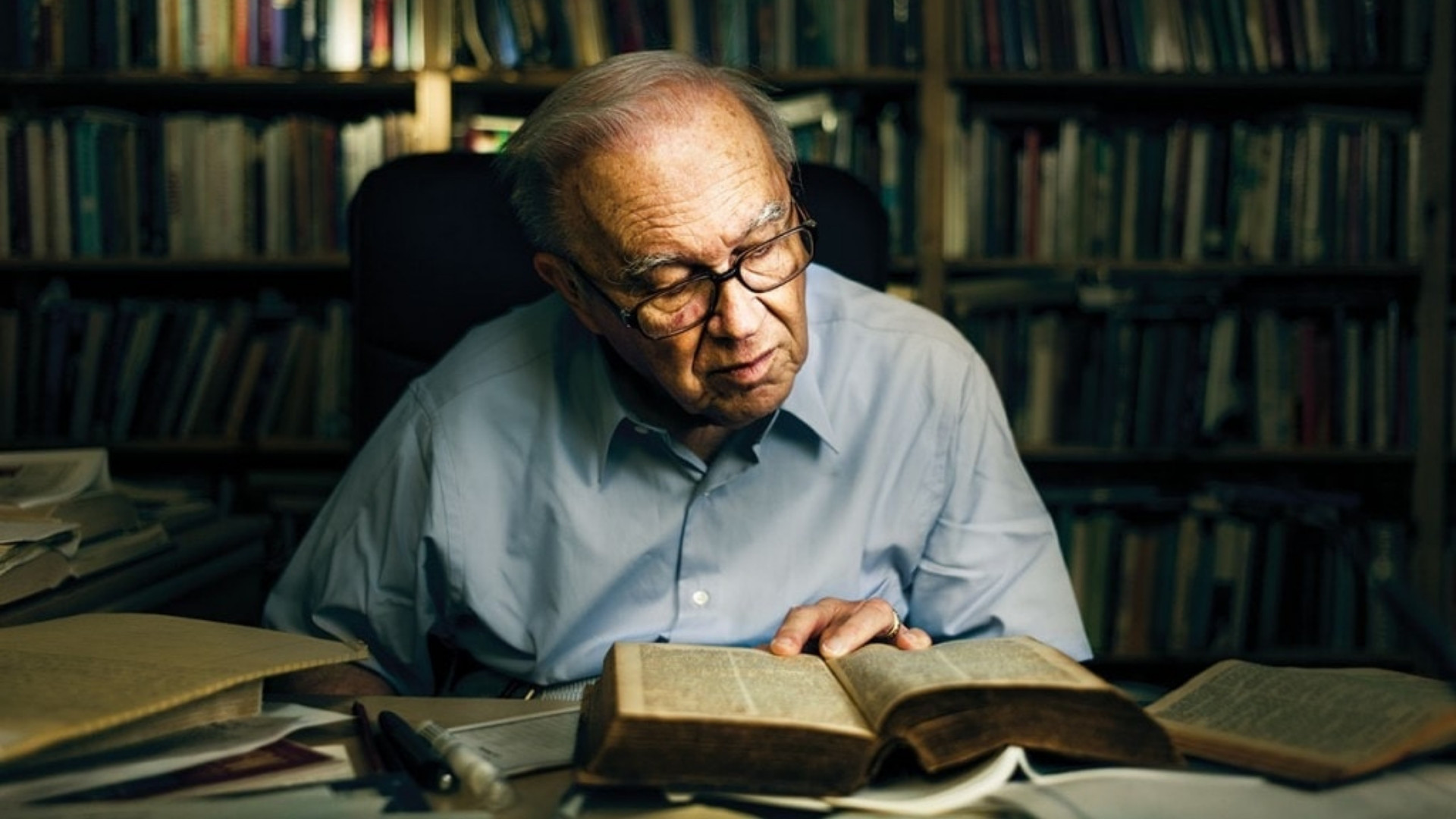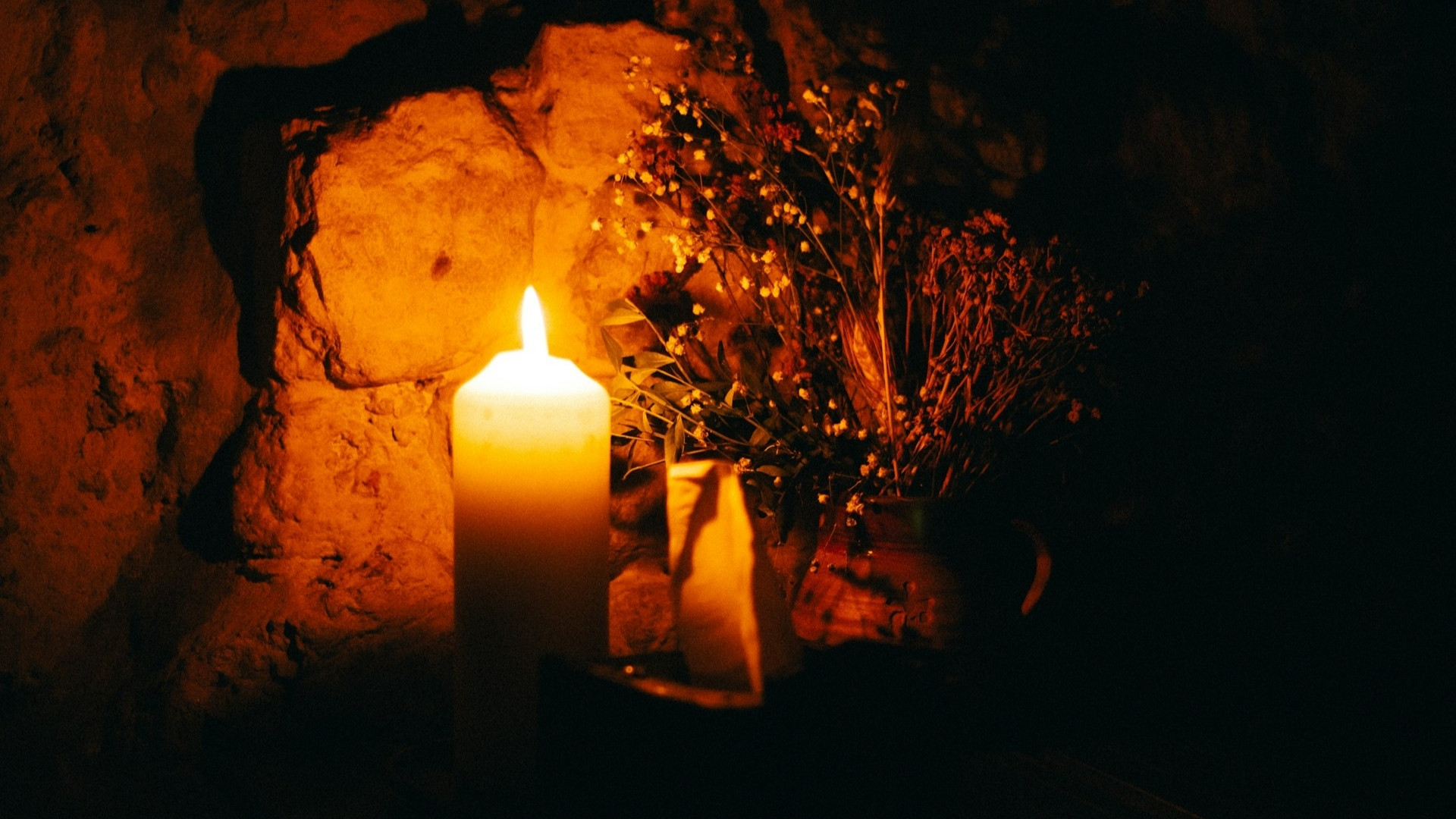Bringing water to the mountains of Honduras
Dave Husby is director of Covenant World Relief.
[divider type=”dotted”]Each day in the village of San Bartolo, Honduras, women walk two miles down the steep mountainside with their empty five-gallon cans to a river. They fill their cans and then carry them back up to the village. On laundry days they spend most of the day at the river washing clothes and waiting for them to dry.
The water from the river is polluted because local cattle drink from it and defecate in it. Until recently it was the only source of water for the village. Most residents assumed it was a situation that would never change.

Last January I was able to visit San Bartolo with Allan Serrano, a member of the Covenant World Relief (CWR) advisory team and a Honduran national. After several hours of slowly climbing a very rugged mountain road in a four-wheel drive vehicle, we arrived at the village. The entire community was waiting to welcome us. They fed us a delicious lunch and invited us to join them in a community gathering in the church.
The women told us what they had to do each day to procure water. “This is the way life has always been,” one elderly woman said. She couldn’t imagine getting water any other way in her village.
Allan and I were there because Covenant World Relief had recently entered into a partnership with a local nonprofit, Cocepradil, and with Water 1st to construct a water system and latrines in the communities of San Bartolo and Capuca.
Months before the project was even approved, staff from Cocepradil began meeting with the leaders of San Bartolo and Capuca. The decision to move forward with the project was made only after every family in both communities agreed to participate.
Once the water and sanitation project was approved, Cocepradil began five weeklong training modules. Both the male and female head of each household (where both exist) are required to attend all of the training sessions. The training modules are as follows: 1) administration—an overview of the project and an introduction to water system and latrine construction; 2) community organizing and leadership; 3) health and sanitation in the community; 4) watershed protection; and 5) operation and maintenance of the water system.
In January after we met with community leaders, we drove to the site where the holding tank would be constructed. A large pile of sand was heaped next to the site. Each family had collected twenty gallons of sand from the river and carried the sand in buckets five miles back to the site.
 Next to the site were also a lot of large stones, many weighing more than 100 pounds, which had been carried by hand from the surrounding hills. This site is the midpoint between the spring and the villages. First the men of the communities worked together with the staff of Cocepradil to cap the spring. In order to do this they got up at 3 a.m. and walked nearly seven miles to the spring. They worked until 2 p.m. and walked back home.
Next to the site were also a lot of large stones, many weighing more than 100 pounds, which had been carried by hand from the surrounding hills. This site is the midpoint between the spring and the villages. First the men of the communities worked together with the staff of Cocepradil to cap the spring. In order to do this they got up at 3 a.m. and walked nearly seven miles to the spring. They worked until 2 p.m. and walked back home.
After the spring was capped, they laid nearly four miles of pipe from the spring to the holding tank site. At the time of our visit they were laying the remaining three to four miles of pipes from the holding tank site back to their villages.
By early July the project was basically completed. Nearly every house is now connected to the water system. All houses have latrines, and the water and sanitation committee has begun collecting fees from each family. This will cover the maintenance of the system as well as future expansion costs.
While the people of San Bartolo and Capuca are deeply grateful for the partnership with Water 1st, Cocepradil, and CWR, there is no question about who “owns” the new water system. One of the San Bartolo leaders exclaimed, “With God’s help we have built this system with our own hands. We are now all plumbers. We are able to maintain this system and we are able to train others.”
 Pedrina, a woman who lives in San Bartolo, said, “I thought I would be dead before we received water in our village. I have had to walk four kilometers for water all my life. Seven years ago we began to dream about getting water. Now we have it and I thank God. I am also proud of what our village has accomplished working together.”
Pedrina, a woman who lives in San Bartolo, said, “I thought I would be dead before we received water in our village. I have had to walk four kilometers for water all my life. Seven years ago we began to dream about getting water. Now we have it and I thank God. I am also proud of what our village has accomplished working together.”
Another woman said, “Now that our dream for having clean water in the village has come true, we are going to work on bringing electricity in.” With God’s help, I have no doubt that they will be able to do it.
God has done more than help them get clean water and latrines. The people of San Bartolo and Capuca are unified and committed to working together as God continues to transform their communities.
One of the core values of CWR is partnership, and our various partnerships have introduced us to many quality organizations. They have taught me the importance of “working with” rather than “doing for” others. Working together with many local grass-roots organizations, I have seen God’s transforming power at work in individuals, families, and communities.
People sometimes ask how it is possible that with a small staff of two CWR can be involved in twenty-three countries with more than sixty community development programs and disaster response projects. The answer is simple: partnership. We partner with God in his transforming mission; we partner with many amazing local organizations, who are experts in transformational community development and disaster response; and we partner with Covenant churches and individuals who give generously to CWR which make these partnerships and projects possible.














